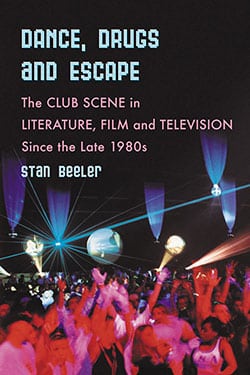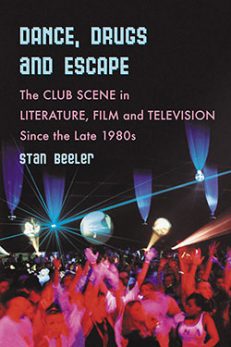Dance, Drugs and Escape
The Club Scene in Literature, Film and Television Since the Late 1980s
Original price was: $39.95.$19.99Current price is: $19.99.
In stock
About the Book
In the late 1980s the rave phenomenon swept the youth culture of the United Kingdom, incorporating the generations’ two newest social stimulants: modern electronic dance music and a notorious designer drug known as Ecstasy. Although the movement began in rebellion against mainstream culture, its underground dynamism soon attracted the interest of novelists, screenwriters, and filmmakers who attempted to reflect the phenomenon in their works. Through artistic and commercial popularization, the once obscure subculture was transformed into a pop-culture behemoth with powerful links to the entertainment industry.
This study deals with the transformative effects of film, television and literature on club culture. Chapters furthermore reflect club culture’s own effect on crime, ethnicity, sexuality and drug use. As the study traces artistic depictions of club culture’s development, each chapter focuses on individual books, films and television shows that reflect the transformation of the club culture into what it is today.
About the Author(s)
Bibliographic Details
Stan Beeler
Format: softcover (6 x 9)
Pages: 222
Bibliographic Info: notes, bibliography, index
Copyright Date: 2007
pISBN: 978-0-7864-3001-7
eISBN: 978-1-4766-0667-5
Imprint: McFarland
Table of Contents
Preface 1
Introduction 3
1. The Rise and Fall of Club Culture: Idealism to Economics 17
2. Crime and Club Life 51
3. Whose Club Is It Anyway? Ethnicity and Club Culture 74
4. It’s Raining Men: Representations of Gay Lifestyle in Club Fiction 94
5. Drugs, Sex and Disco Dancing 115
6. Take the Money and Run: Exploitation of Rave Culture 152
Conclusion 182
Notes 185
Bibliography 195
Index 201






